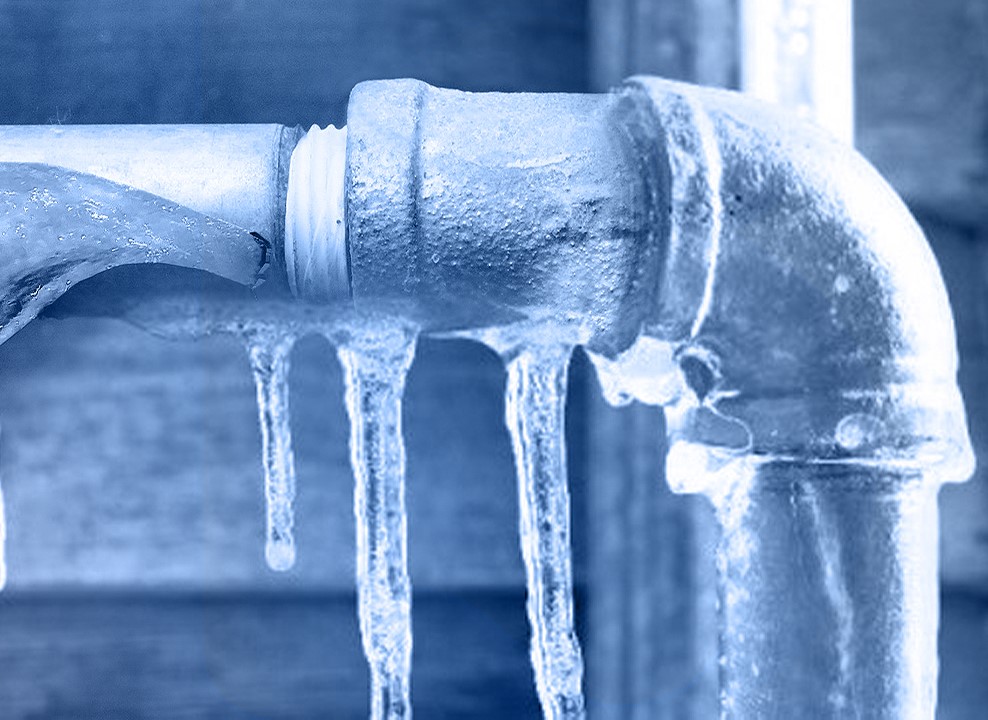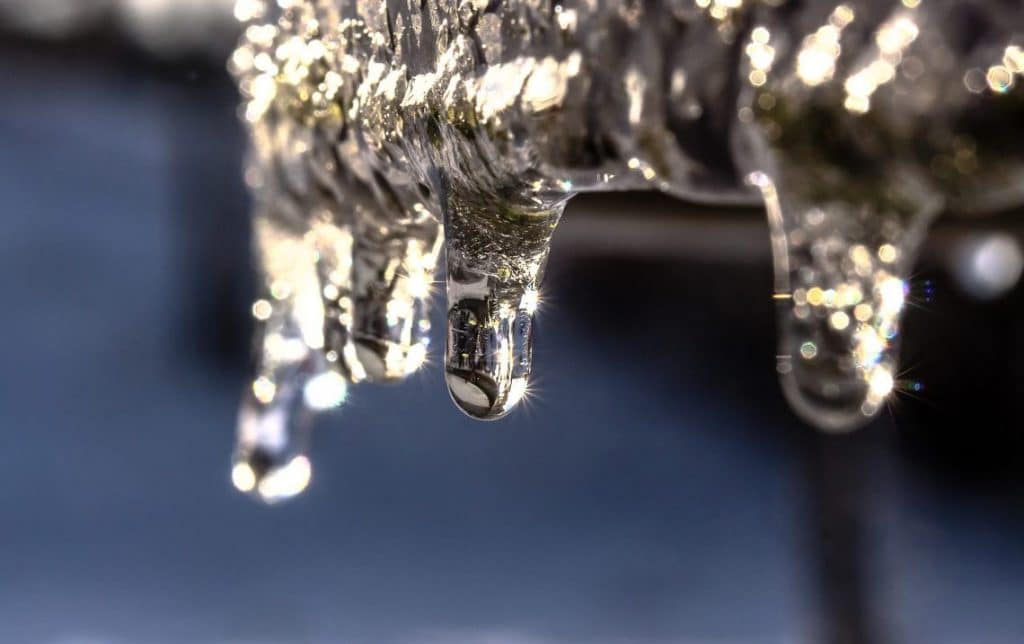The publisher is making a number of great observations on the subject of Helpful Tips to Prevent Frozen Pipes this Winter as a whole in this article on the next paragraphs.

Cold weather can wreak havoc on your plumbing, particularly by freezing pipelines. Below's exactly how to prevent it from taking place and what to do if it does.
Intro
As temperature levels decrease, the risk of frozen pipelines increases, potentially resulting in pricey fixings and water damages. Comprehending just how to avoid frozen pipelines is important for property owners in cool environments.
Understanding Frozen Pipes
What causes pipes to ice up?
Pipelines freeze when subjected to temperature levels listed below 32 ° F (0 ° C) for expanded durations. As water inside the pipelines ices up, it increases, taxing the pipeline walls and potentially causing them to break.
Dangers and damages
Frozen pipes can result in supply of water disturbances, property damages, and costly repair work. Ruptured pipes can flooding homes and trigger comprehensive structural damages.
Indications of Frozen Piping
Determining frozen pipelines early can prevent them from breaking.
How to recognize frozen pipelines
Look for reduced water circulation from taps, unusual smells or sounds from pipes, and noticeable frost on subjected pipelines.
Avoidance Tips
Protecting prone pipelines
Cover pipelines in insulation sleeves or make use of warm tape to safeguard them from freezing temperature levels. Concentrate on pipes in unheated or external locations of the home.
Home heating methods
Maintain interior spaces sufficiently heated, particularly areas with plumbing. Open cabinet doors to permit cozy air to flow around pipes under sinks.
Securing Outside Plumbing
Yard hoses and exterior faucets
Disconnect and drain pipes garden hoses prior to winter season. Install frost-proof faucets or cover outdoor faucets with insulated caps.
What to Do If Your Pipelines Freeze
Immediate activities to take
If you presume icy pipes, keep faucets open to eliminate stress as the ice thaws. Use a hairdryer or towels taken in hot water to thaw pipes slowly.
Long-Term Solutions
Structural changes
Consider rerouting pipelines away from exterior walls or unheated areas. Add added insulation to attic rooms, basements, and crawl spaces.
Updating insulation
Invest in high-grade insulation for pipelines, attic rooms, and walls. Proper insulation aids preserve constant temperatures and minimizes the danger of icy pipelines.
Conclusion
Protecting against icy pipelines needs aggressive measures and fast reactions. By recognizing the causes, signs, and preventive measures, property owners can secure their pipes during winter.
6 Proven Ways to Prevent Frozen Pipes and Protect Your Home
Disconnect and Drain Garden Hoses
Before winter arrives, start by disconnecting your garden hoses and draining any remaining water. Close the shut-off valves that supply outdoor hose bibs and leave the outdoor faucet open to allow any residual water to drain. For extra protection, consider using faucet covers throughout the colder months. It’s also important to drain water from any sprinkler supply lines following the manufacturer’s directions.
Insulate Exposed Pipes
Insulating your pipes is an effective way to prevent freezing. Pipe insulation is readily available at home improvement stores and is relatively inexpensive. Pay close attention to pipes in unheated areas such as the attic, basement, crawl spaces, or garage. Apply foam insulation generously to create a buffer against the cold. You can also wrap your pipes in heat tape or thermostat-controlled heat cables for added warmth.
Seal Air Leaks
Inspect your home for any cracks or openings that could let in cold air. Seal any holes around the piping in interior or exterior walls, as well as the sill plates where your home rests on its foundation. Additionally, make sure to keep your garage door closed unless you’re entering or exiting. Leaving it open creates a significant air leak that can lead to frozen pipes.
Allow Warm Air Circulation
During cold snaps, it’s essential to allow warm air to circulate evenly throughout your home. Leave interior doors ajar to promote better airflow. Open kitchen and bathroom cabinets to help distribute heat consistently around the rooms. If you have small children or pets, be sure to remove any household chemicals or potentially harmful cleaners from open cabinets for safety.
Let Faucets Drip
A small trickle of water can make a big difference in preventing ice formation inside your pipes. When temperatures drop significantly, start a drip of water from all faucets served by exposed pipes. This continuous flow helps prevent the water from freezing. Additionally, running a few faucets slightly can relieve pressure inside the pipes, reducing the chances of a rupture if the water inside does freeze.
https://choateshvac.com/6-proven-ways-to-prevent-frozen-pipes-and-protect-your-home/

As a keen person who reads about Preventing and dealing with frozen pipes, I imagined sharing that post was a great idea. Are you aware of someone else who is occupied with the subject? Be sure promote it. I am grateful for being here. Kindly stop by our site back soon.
Estimating